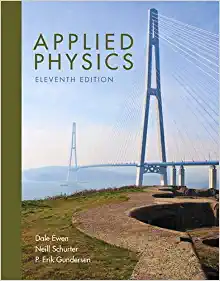Question
Lab 2: Electric charge Introduction There are two types of charge called positive and negative such that the electric force between like charges is repulsive
Lab 2: Electric charge
Introduction
There are two types of charge called positive and negative such that the electric force between like charges is repulsive and unlike charges is attractive.
Background
Charge cannot be created or destroyed but it can be transferred from one object to another. In any transfer of charge from one object to another the total charge must be conserved. If two objects start off neutral and charge is transferred between them, then one object will acquire a net positive charge while the other will acquire an equal net negative charge.
In this experiment a white leather disk will be rubbed against a black plastic disk and the transfer of relative charge to each disk measured and compared to determine if conservation of charge holds.
Set Up
1) Connect the electrometer signal output to input A of the universal interface.
2) Connect the signal input leads to the Faraday Ice Pail. Connect the positive
(red) lead to the inner basket and the negative/ground (black) lead to the
outer basket.
3) Turn the electrometer on. A green light will light on the voltage scale
indicator when the electrometer is on.
4) Ground Ice Pail inner basket to the outer basket with your finger and zero the
electrometer. This will remove any stray charges.
Procedure
1) Obtain a set of black and white charge producers.
2) Press record and, insert the black and white charge producers together into the inner basket of the ice pail without touching the basket and zero the electrometer.
3) Remove the charge producers from the basket and vigorously rub them together. Without touching the inner basket insert the white charge producer and remove. Quickly insert the black charge producer and remove. Stop collecting data.
4) Record the maximum and minimum voltages in the table for the run. The voltages are proportional to the charges on the charge producers.
5) Repeat steps 2-4 two more times.
6) Calculate the percent difference between the relative charges gained by the charge producers for each run. Change runs with

Step by Step Solution
There are 3 Steps involved in it
Step: 1

Get Instant Access to Expert-Tailored Solutions
See step-by-step solutions with expert insights and AI powered tools for academic success
Step: 2

Step: 3

Ace Your Homework with AI
Get the answers you need in no time with our AI-driven, step-by-step assistance
Get Started


